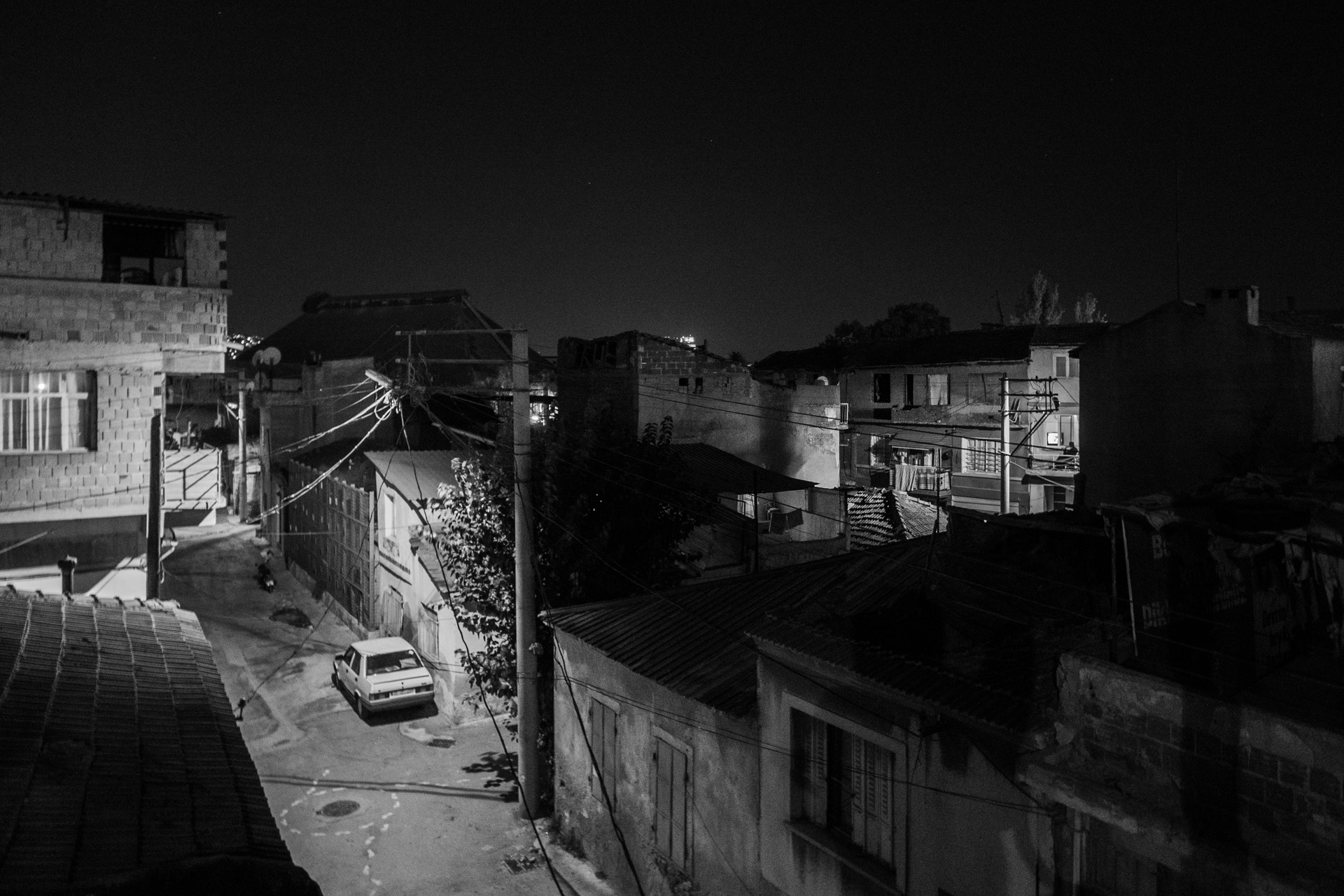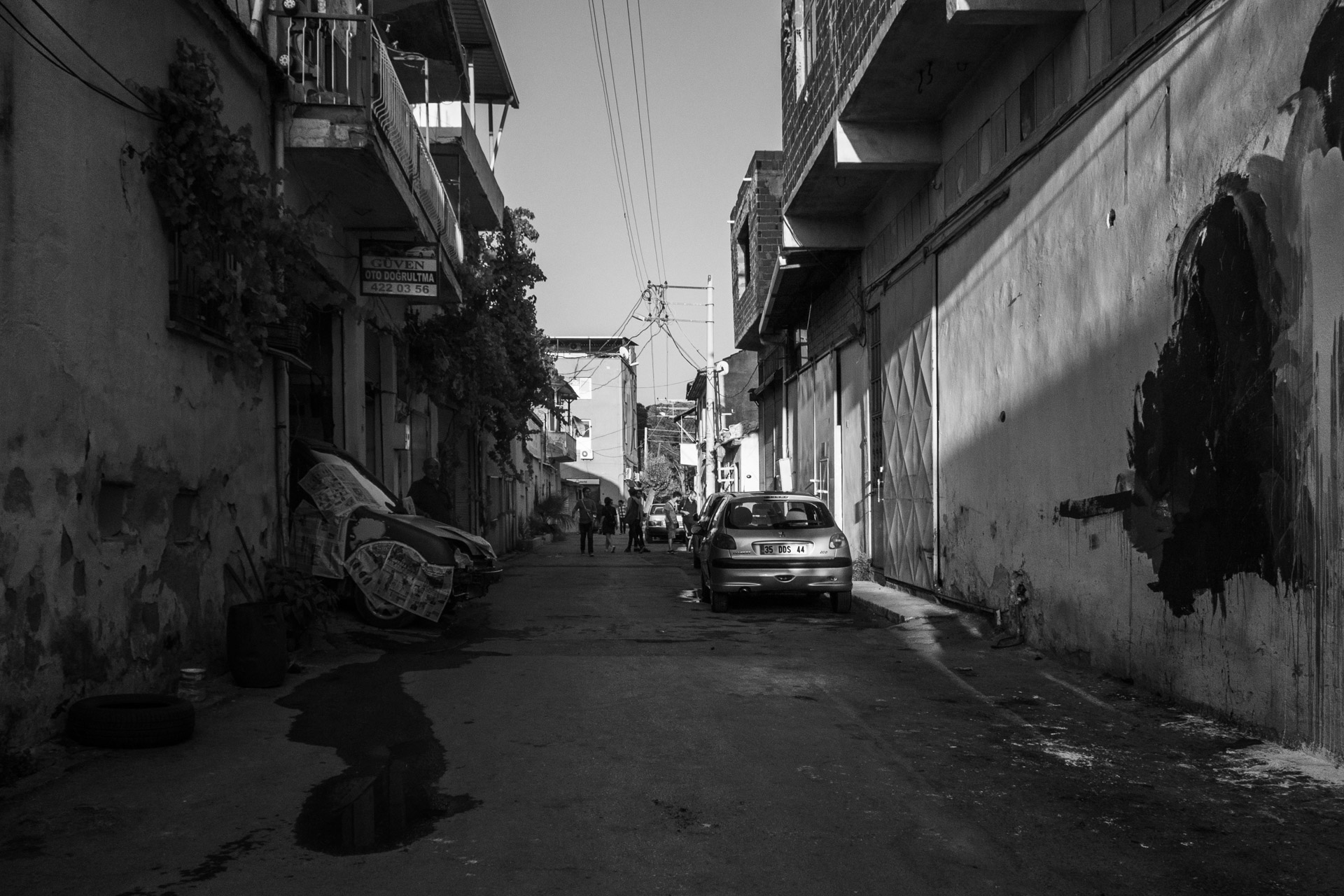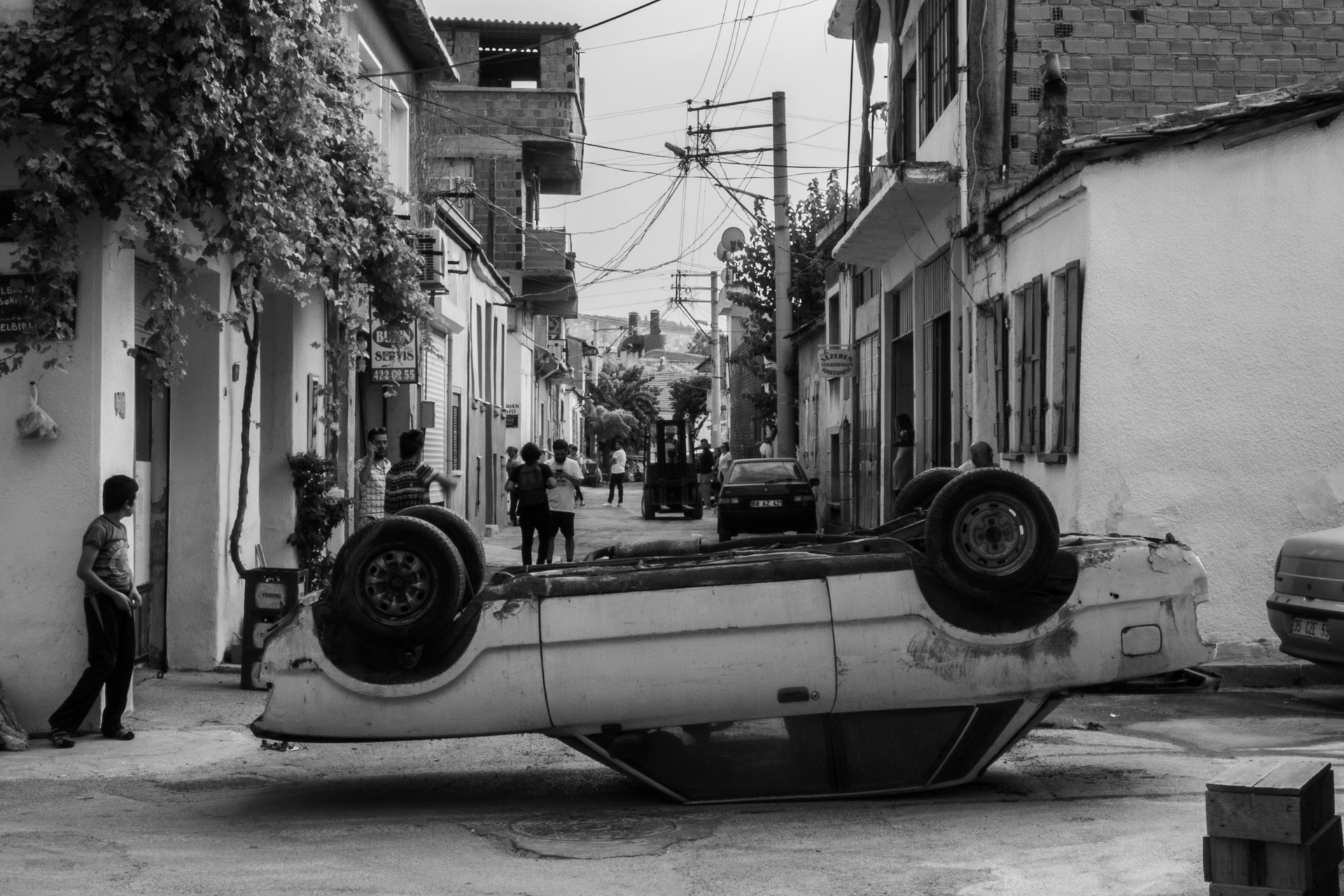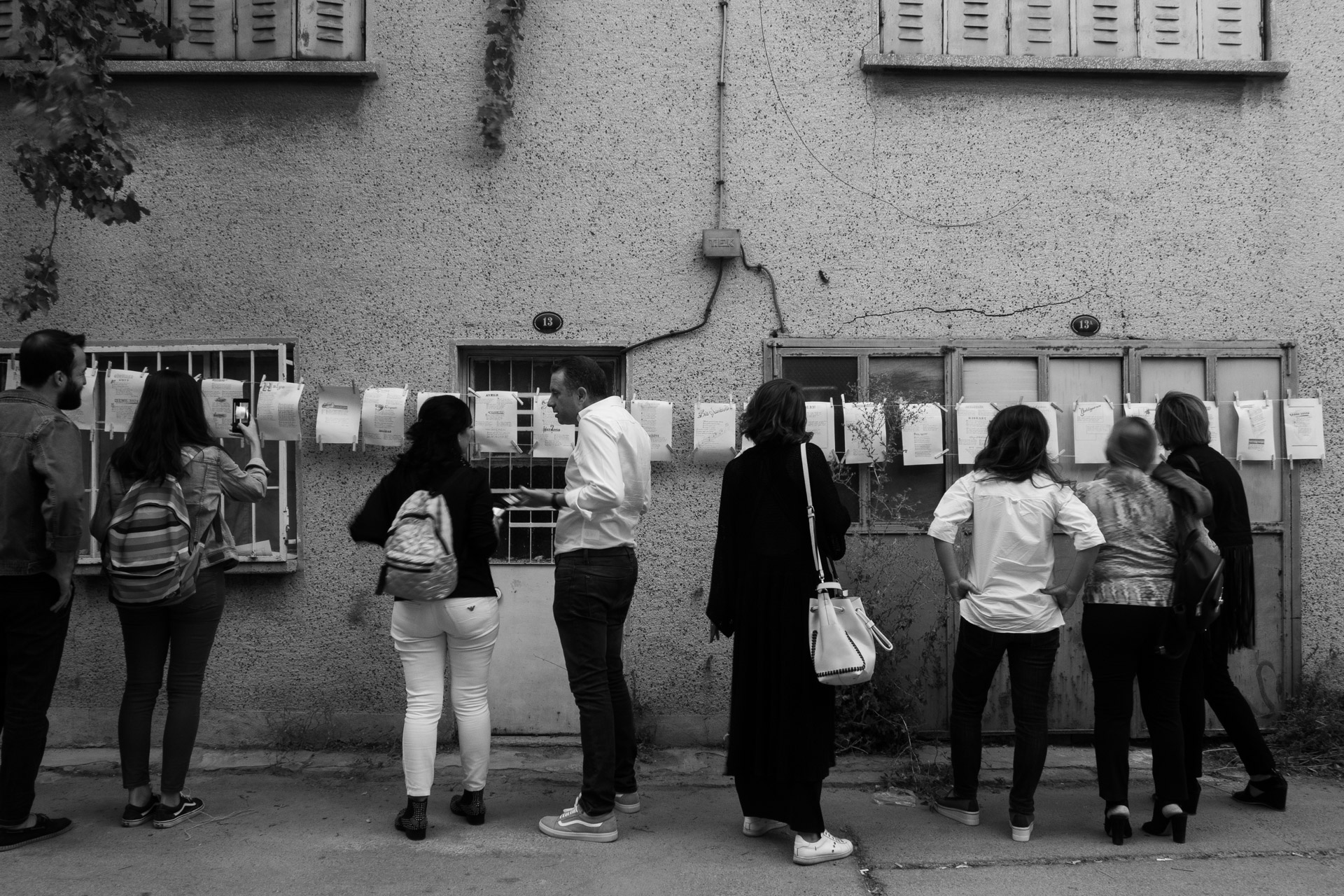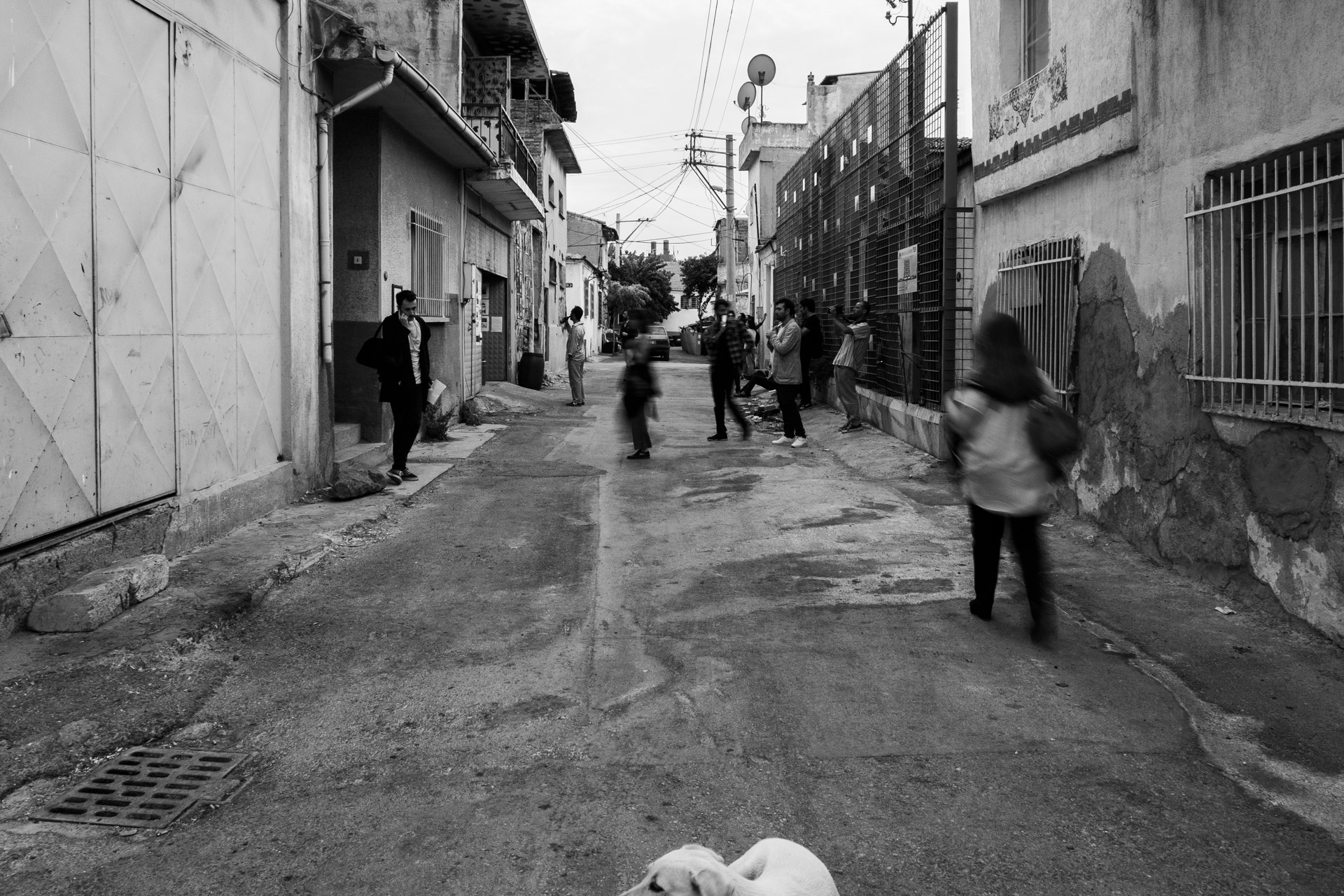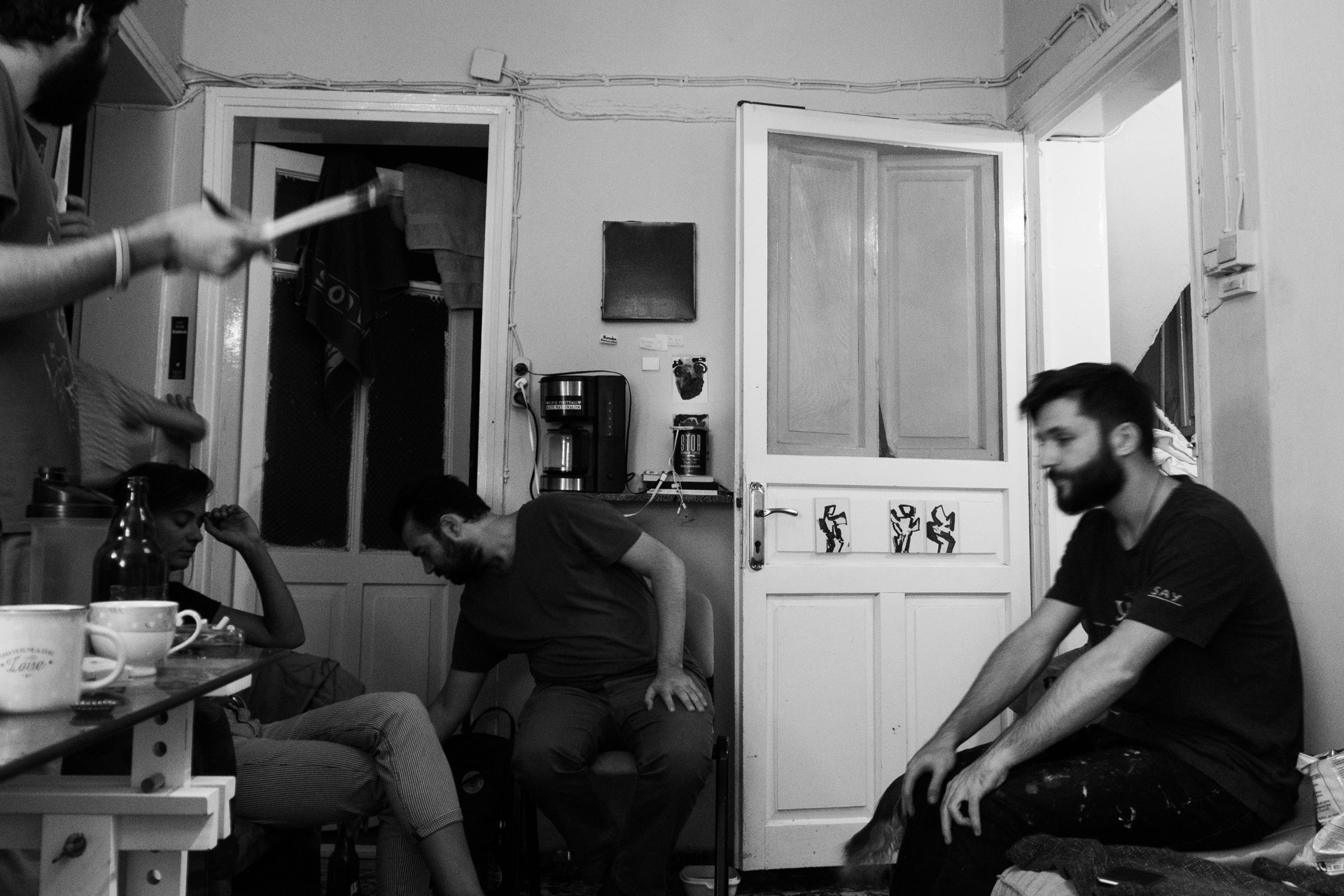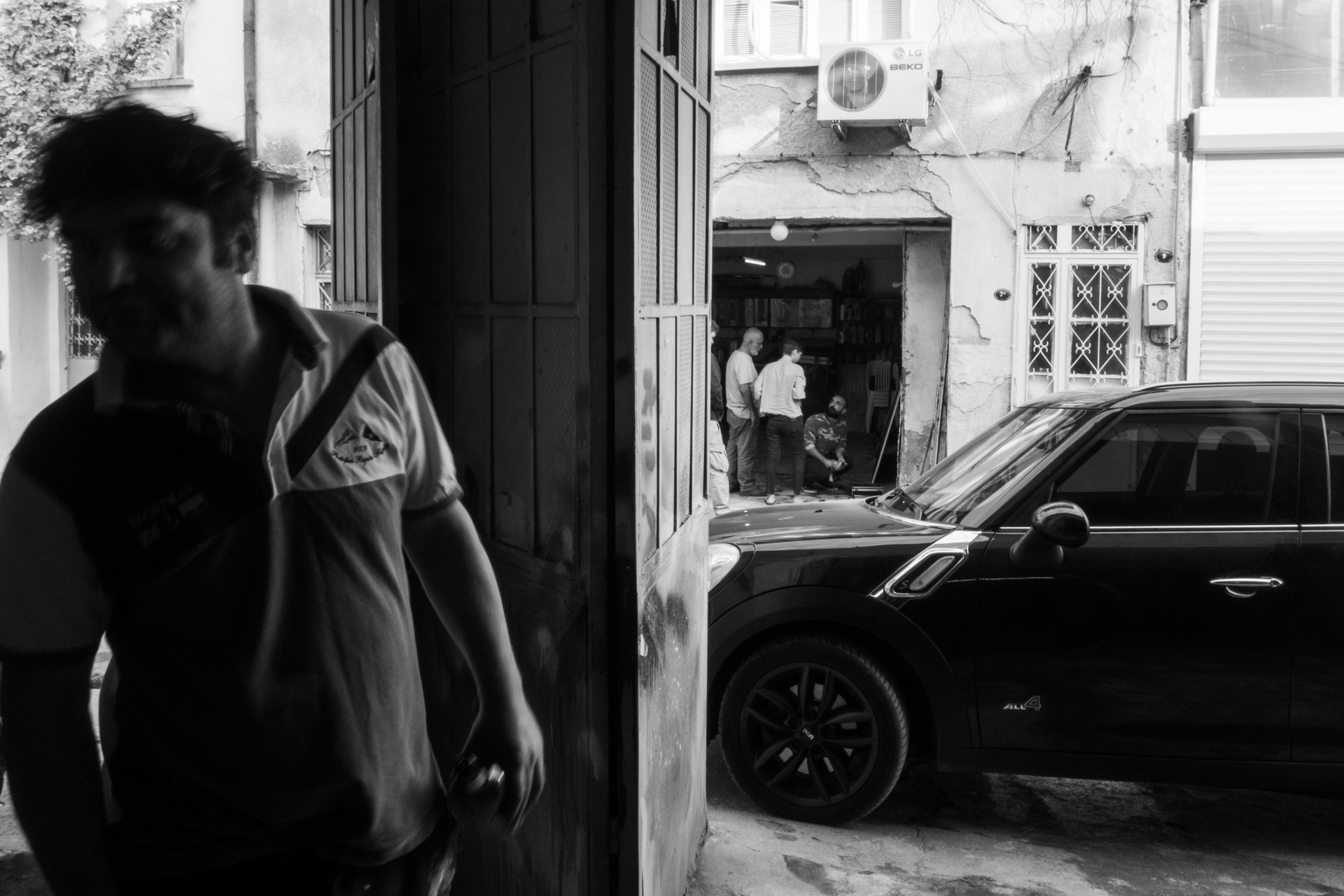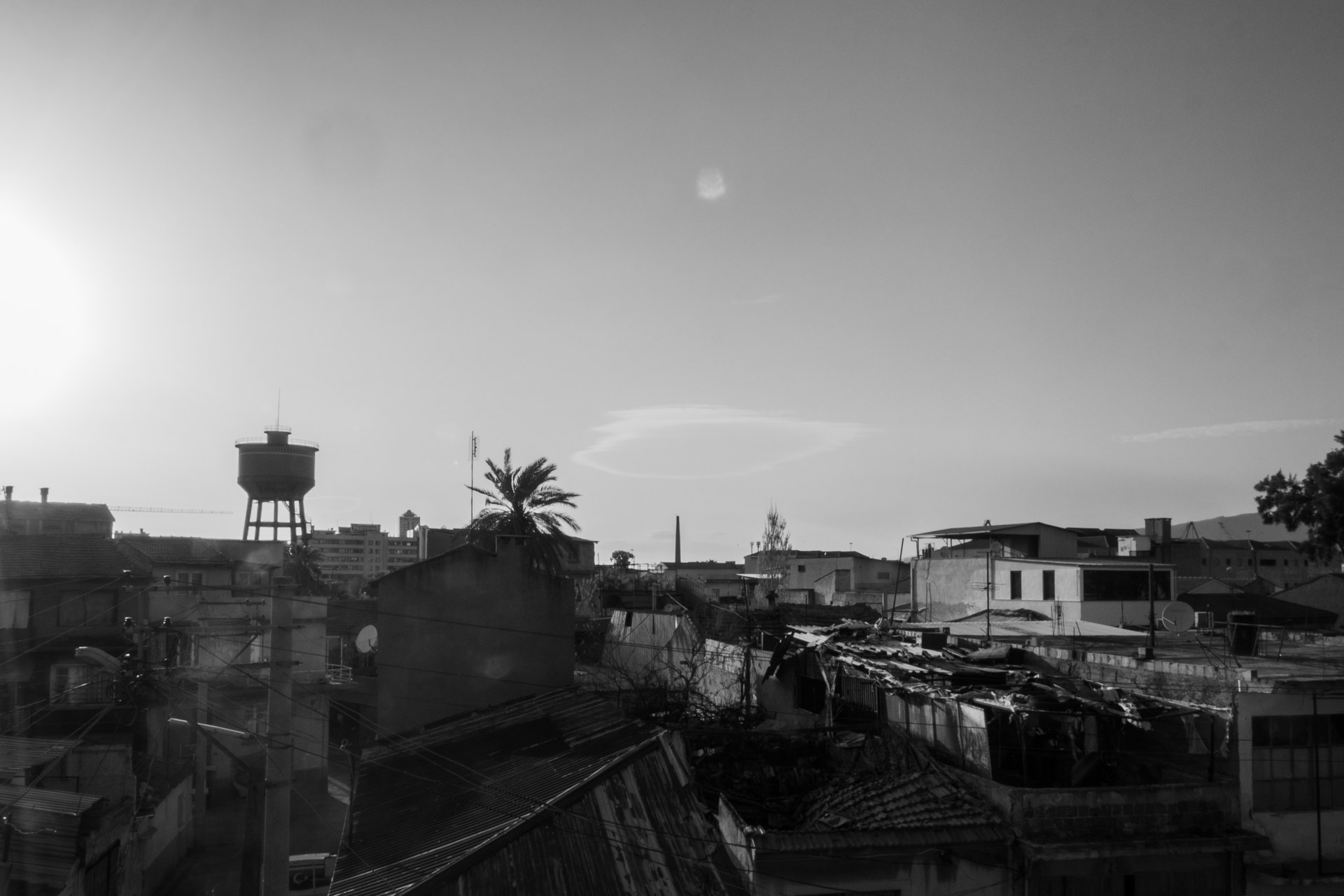Darağaç Art Collective
Collaboration
2016-2018
Darağaç, İzmir-based non-profit art collective, in the neighborhood of Umurbey, is an experimental platform for the production of new ways of communication and facilitating dialogue among creative disciplines. The neighborhood, which has historically been known as Darağaç, sits between Alsancak Stadium and Halkapınar, formerly a place marked by industry. It has gradually developed into a hub of artists', artisans', and locals' cultural production woven into community life. The collective's name also references a series of exhibitions characterized by tireless interaction between participants, attempting to create a shared language of art while making the space a launchpad for emerging artists. By countering İzmir's absence of public exhibition spaces, Darağaç seals the balance between experimental practice and public consumption, serving as a go-between between experimentation in art and collective reception.
Between 2016 and 2018, the collective organized its first two annual exhibitions under the support of cooperative production, documentation, textual content, and design coordination work. The activities included contributions to events such as bkz. darağaç and Darağaç | bu arada, which centered on process-based exchanges and site-based interventions. During the subsequent year, the collective published Darağaç_Book, a comprehensive archive detailing the first three exhibitions and area-based events of the collective. This volume was both historical survey and conceptual framework, mapping the trajectory of the collective's practice and highlighting the conjunction of art, city, and local narratives.
The practice of the collective is defined by an intention to de-centralize art discourse, trusting the natural course of things rather than institutional structures. Blending exhibitions, workshops, and documentation, Darağaç builds a space where fleeting meetings turn into lasting discourses of culture. The emphasis on social and spatial context points to a larger ambition to reimagine the interaction between art and communities, transforming a post-industrial community into a living repository for collective possibility. Through its hybrid approach, the project navigates the tightrope of ephemerality and permanence, each initiative contributing to an expanding collective memory based in place and participation.
